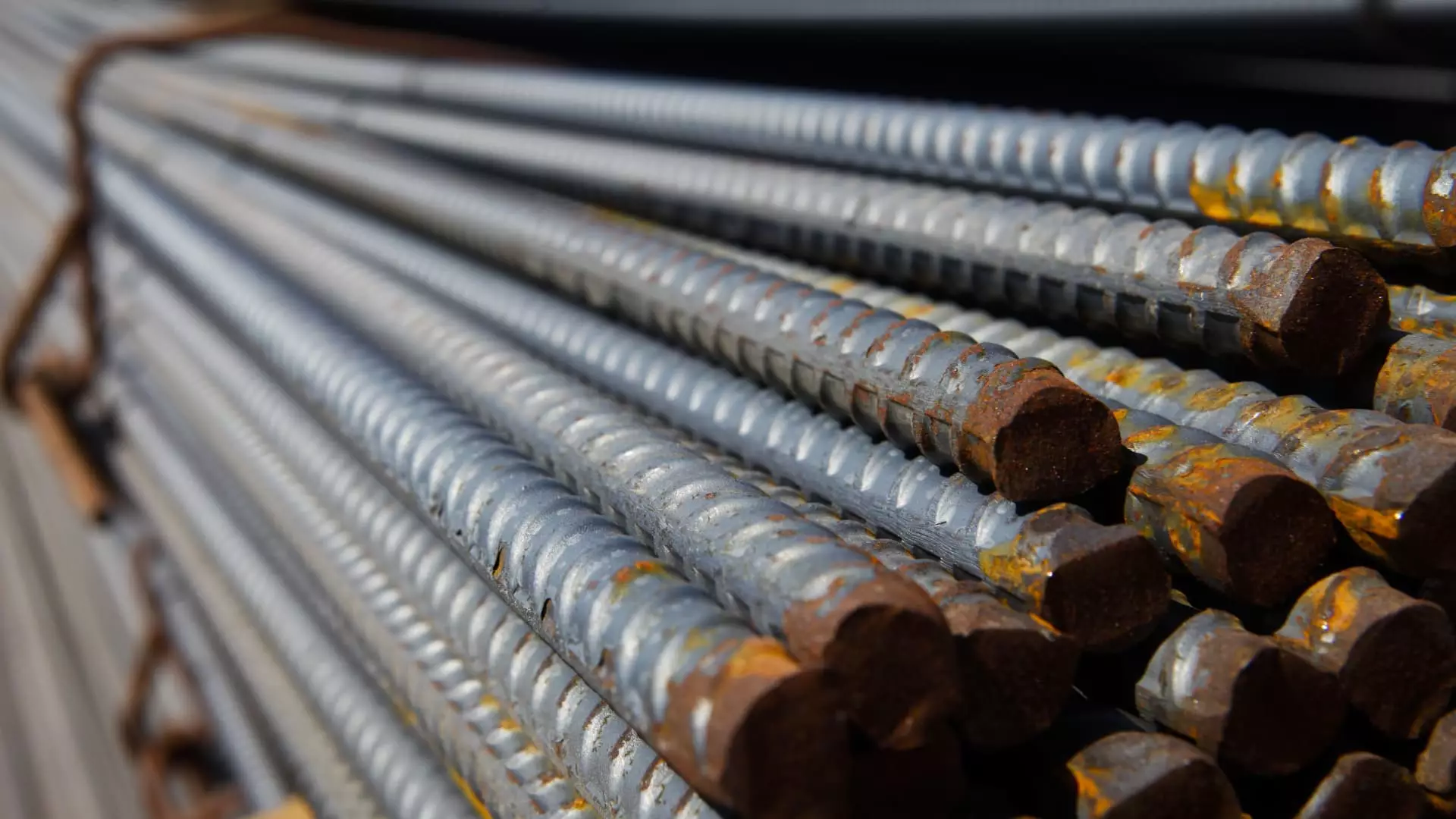The recent implementation of tariffs on steel imports by the Trump administration has created a climate of cautious optimism among U.S. steelmakers. While the imposition of these tariffs might benefit domestic companies in the short term by reducing foreign competition, analysts are raising concerns about potential long-term repercussions for the industry. This article delves into the immediate effects of the tariffs, the prospects for U.S. steel producers, and the challenges they may face in the evolving economic landscape.
Short-Term Gains from Tariff Policies
On the surface, the introduction of 25% tariffs on steel imports from Canada and Mexico, alongside a 10% tariff on imports from China, appears to be a boon for U.S. steel manufacturers. The expectation is that the tariffs will elevate the price of foreign steel, making U.S.-made products more competitive. For companies like Nucor and U.S. Steel, this could translate to increased production capacity and higher profit margins. Indeed, Nucor has already seen a positive uptick in its stock performance, signaling investor confidence in the potential for improved financial outcomes.
Additionally, the momentum in the stock market following this announcement reflects a broader sentiment among investors, who are betting on a resurgence of domestic steel production. Analysts emphasize that the tariffs, while initially disruptive, create a protective barrier for U.S. manufacturers who have struggled against foreign dumping practices—essentially selling steel at artificially low prices to gain market share.
Market Dynamics and Steel Pricing
The tariffs are expected to shift market dynamics significantly. Morgan Stanley’s recent report highlighted that domestic steel pricing is likely to recover post-2024, bolstered by these protectionist measures. However, the anticipated price increases may face limitations due to muted demand growth—projected at only 1.6%. As such, companies might find themselves in a precarious position where they can raise prices but simultaneously struggle to attract sufficient demand to fill production capacity.
Moreover, analysts express caution regarding the sustainability of steel prices amidst these changes. While the tariffs may provide an immediate uplift for steel equities, the broader economic landscape—including potential disruptions in automotive production—could serve as a drag on demand from one of the largest consumers of steel.
Moreover, the impending shifts in demand dynamics pose a significant challenge for U.S. steelmakers. With approximately 25% of U.S. steel consumption tied to the automotive industry, any slowdown in auto manufacturing directly impacts steel demand. Bank of America Securities points out that reduced vehicle production could lead to a downturn in steel consumption, thereby counteracting any benefits gained from tariffs.
Additionally, structural changes in the global economy, such as fluctuating trade agreements and changing consumer preferences, can further complicate projections for the steel industry. The potential for ongoing geopolitical tensions could also result in the imposition of additional tariffs or trade barriers.
As U.S. steelmakers prepare to navigate a complex landscape shaped by tariffs, it is crucial to consider the potential long-term implications of their current situation. While the immediate effects of increased prices and reduced foreign competition may appear favorable, the industry must remain vigilant about external factors that could sway demand and pricing power in the years to come.
Collaboration within the industry, along with strategic investments in technology and capacity, may provide a pathway for domestic steelmakers to strengthen their position and safeguard against volatility. However, as history has shown, the landscape can change rapidly, and companies will need to be agile in response to both market conditions and policy changes.
While the imposition of tariffs presents both opportunities and risks for U.S. steelmakers, industry players must be prepared for underlying economic challenges that may temper their growth. The focus should not just be on immediate gains but also on long-term sustainability and adapting to an ever-evolving market.


Leave a Reply